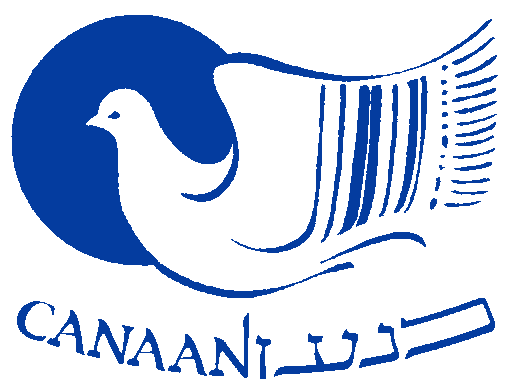Have you ever asked yourself the question? What am I doing and why am I doing it? Why only in the morning,what’s with this whole blue thread thing, and, in general, how relevant is it in my everyday life?
There are many answers, some better than others, and they go something like this,
“I do it because I’m Jewish, and because its a Jewish thing to do” or “ I do it because my father did it, and his father did it, and his father before him.” And, in our beautiful tradition, this is all the reason we need.
But, it’s most certainly worth delving into the very thing which was the inspiration for the flag of the one and only Jewish homeland. The mitzvah of tallit has been going strong for about 3,200 years. The word ‘Tallit’ is actually aramaic in origin, meaning cover or sheet.What’s really interesting about the mitzvah of tallit is that the Torah never commands us to wear a specific type of prayer shawl.
The mitzvah isn’t the wearing, it’s the attaching of fringes, which presumes people were already such a garment, not unlike the Roman pallium, Greek toga, or abaya of the Bedouin, a style prevalent in West Asian culture. Something beautiful to be gleaned from this, while the latter was reserved for nobles and statesmen, the tallit was commanded upon every Jew regardless of status and pedigree. In its time, a great equalizer of people from different socio-economic backgrounds, attesting to a very constant Jewish concept that all mankind is created equal and are imbued with a divine soul and purpose.
“NOT A THREAD, NOR A SHOE-STRAP, NOR SHALL I TAKE ANYTHING THAT IS YOURS; LEST YOU SAY:”IT WAS I WHO MADE AVRAHAM RICH!” related Avraham to the King of Sodom. Our sages teach that as a reward for this statement we merited two mitzvot, the thread of tzitzit and the strap of tefillin. Our 3 patriarchs were responsible for instituting a different time of prayer. Yaakov prayed in the evening, Itzchak prayed in the afternoon, and Avraham in the morning. Because we merited these mitzvot through Avraham, we honor him by wearing these items during our morning service.
Let’s go right to the source! Number 15:37-41
37 And the LORD spoke unto Moses, saying: 38 ‘Speak unto the children of Israel, and bid them that they make them throughout their generations fringes in the corners of their garments, and that they put with the fringe of each corner a thread of blue. 39 And it shall be unto you for a fringe, that ye may look upon it, and remember all the commandments of the LORD, and do them; and that ye go not about after your own heart and your own eyes, after which ye use to go astray; 40 that ye may remember and do all My commandments, and be holy unto your God. 41 I am the LORD your God, who brought you out of the land of Egypt, to be your God: I am the LORD your God.’
How exactly is looking at these fringes suppose to protect you from going astray and remind you of doing commandments? The answer is your very purpose as a Jew. You see in the above verse a mention of using a blue thread (Stay tuned to find out more about what this blue string is about) This blue is to remind you of the ocean, which will remind you of the sky, which will remind you of the kisay hakavod ( poorly translated to chair of glory/ throne.)
What’s the connection? It’s a training process of learning how to find G-d, to recognize His presence and dominion in the mundane, and declare His presence in this world, this is the primary function of a Jew. The verse referred to above, is one of the 3 places that use the word Shema, which can be used as a perfect example. If you look at a mezuzah parchment, you will see the last letter of shema and the last letter of echad are larger than the other letters. If you put these two letters together they make the word, עד. This word means witness. When is a witness needed? A witness is needed when something is NOT apparent or clearly obvious. This is our work. We proclaim the existence of HaShem in this world, and we do so by seemingly mundane acts. Small deeds which serve as evidence and proof of our faith and future.
Even after all that, I’d still say the best reason is because my father did it, his father did it, his father before him and so on for the last 3,500 years.

